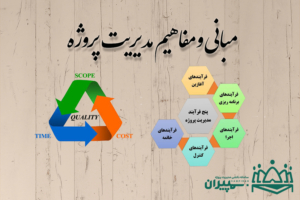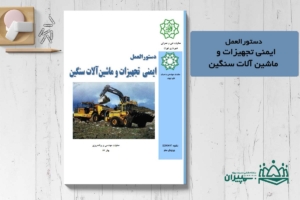Understanding the deterioration of roads is an important part of road asset management. In this study, the long-term pavement performance (LTPP) data and machine learning algorithms were used to predict the deterioration in the pavement condition index (PCI) over 2, 3, 5, and 6 years. In selecting the attributes for conducting the analysis, we targeted ones that are freely available. This approach can help smaller municipalities, which could be short on money or required expertise. For larger ones and transportation agencies, this can save the increasingly significant costs for collecting field data and any associated safety or traffic implications. In addition, we used this category of attributes to better examine the role of data analytics in asset management. Without considering a causal model, can trends in data help assess deterioration in the PCI? Several models using combinations of 15 attributes were learned and tested. The algorithms used in this study were two types of decision trees and their boosted models based on gradient boosted trees. The accuracy of the ensemble of boosted classifiers was considerably higher than their base learners, with some reaching over 80% in predicting unseen data. We also found that dividing data into different climatic zones can change the relative importance of attributes and the overall accuracy of the models. Increasing the prediction span reduces accuracy, while reducing the number of prediction classes (levels of deterioration) increases the accuracy. In addition to automating the calculation and prediction of PCI, this study presented informative or important attributes for prediction. Such analyses could help municipalities and departments of transportations with forming a more effective policy for data collection and management
درک وضعیت خرابی جاده ها بخش مهمی در مدیریت دارایی های جاده ای است. در این مطالعه ، از داده های عملکرد روسازی بلند مدت (LTPP) و الگوریتم های یادگیری ماشین برای پیش بینی خرابی شاخص وضعیت روسازی (PCI) طی 2 ، 3 ، 5 و 6 سال استفاده شد. در انتخاب ویژگی های انجام تجزیه و تحلیل ، ویژگی هایی را که به طور آزاد در دسترس هستند هدف قرار دادیم.
این روش می تواند به شهرداری های کوچکتر که توانایی مالی کم و یا تخصص لازم را داشته باشند، کمک کند. همچنین برای آژانس های بزرگتر و آژانس های حمل و نقل ، می تواند هزینه های قابل توجهی را برای جمع آوری داده های میدانی و پیامدهای ایمنی یا ترافیکی مرتبط صرفه جویی کند. علاوه بر این ، ما از این دسته از ویژگی ها برای بررسی بهتر نقش تجزیه و تحلیل داده ها در مدیریت دارایی استفاده کردیم. بدون در نظر گرفتن یک مدل علّی ، آیا روند داده ها می تواند به ارزیابی وخامت PCI کمک کند؟ چندین مدل با استفاده از ترکیب 15 ویژگی آموخته و آزمایش شدند. الگوریتم های مورد استفاده در این مطالعه دو نوع درخت تصمیم و مدل تقویت شده آنها بر اساس درختان تقویت شده شیب دار بودند. دقت گروه طبقه بندی کننده های تقویت شده بطور قابل توجهی بالاتر از فراگیران پایه آنها بود ، به طوری که برخی از آنها در پیش بینی داده های دیده نشده به بیش از 80٪ رسیدند. ما همچنین دریافتیم که تقسیم داده ها به مناطق مختلف آب و هوایی می تواند اهمیت نسبی ویژگی ها و دقت کلی مدل ها را تغییر دهد. افزایش دامنه پیش بینی دقت را کاهش می دهد ، در حالی که کاهش تعداد کلاس های پیش بینی (سطح خرابی) دقت را افزایش می دهد. علاوه بر اتوماسیون محاسبه و پیش بینی PCI ، این مطالعه ویژگی های مهم یا مهمی را برای پیش بینی ارائه داده است. چنین تحلیل هایی می تواند به شهرداری ها و ادارات حمل و نقل کمک کند تا سیاست موثرتری برای جمع آوری و مدیریت داده ها تشکیل دهند.

 Add to favorites
Add to favorites 




دیدگاه خود را ثبت کنید
تمایل دارید در گفتگوها شرکت کنید؟در گفتگو ها شرکت کنید.